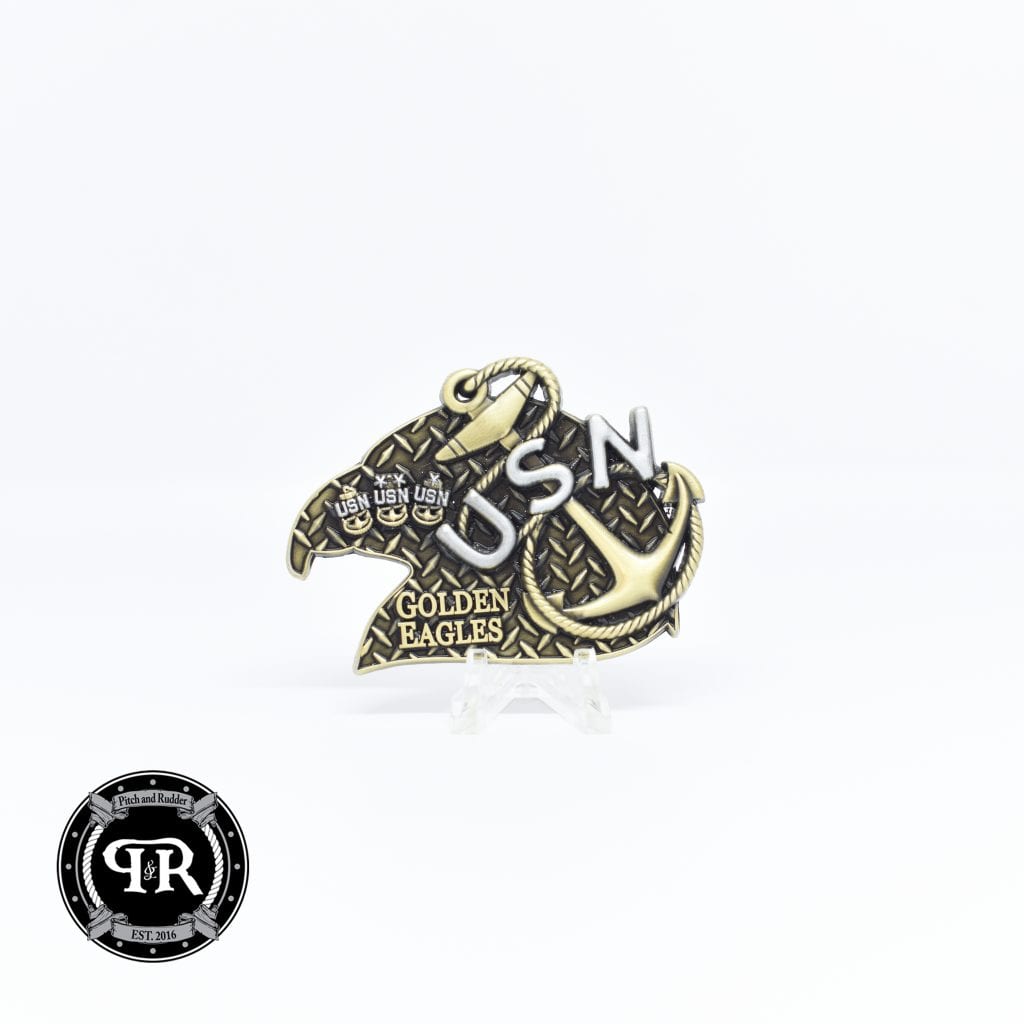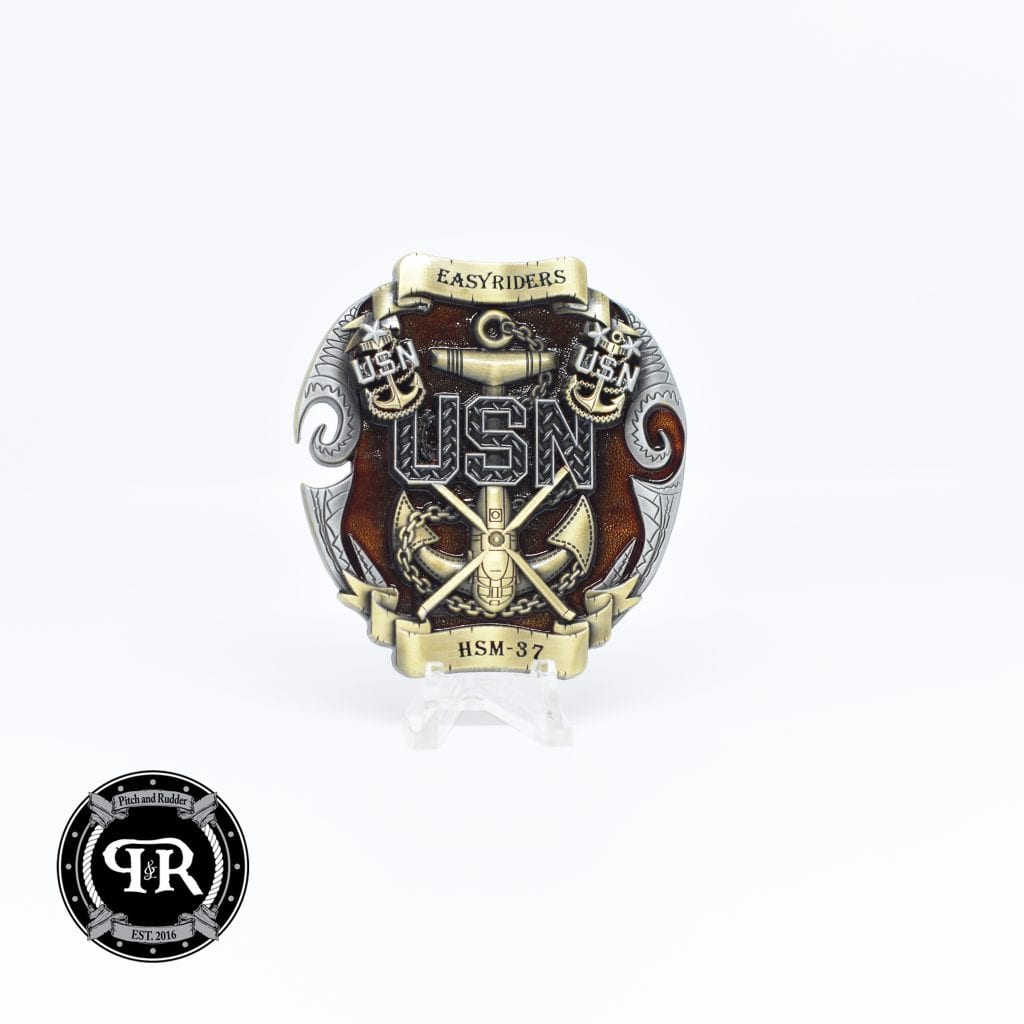NAVY HISTORY!
Trivia: Do you know who Captain Charles Butler McVay, III is?!
ANSWER: Charles McVay was the captain of the USS Indianapolis, which was torpedoed and sunk between Guam to Leyte Island on 30 July 1945 by a Japanese submarine.
They’d “just delivered the bomb, the Hiroshima Bomb.” Of the 880 men who went into the water, only 321 were rescued. The sharks took the rest during a period of four days, mostly scavenging corpses.
The American public was infuriated to hear of the Navy’s apparent abandonment of the crew and demanded answers.
The Navy was quick to place the blame on Capt. McVay, who, as skipper, was most directly responsible for his men. He stated to his officers that he hoped the sharks would get him while floating in the water.
During the investigation, he was reprimanded primarily for failing to zig zag properly to make his ship more difficult for a submarine to hit.
The Japanese submarine commander, Mochitsura Hasimoto, testified in Capt. McVay’s defense, stating that he would easily have been able to hit the ship whether it was zig zaging or not.
The Navy also claimed that no SOS messages were received, which was not the case. Three were received at separate stations, and none were acted upon.
The mission to deliver the atomic bomb components was so top-secret that almost no one on board, including Capt. McVay, had any idea of its existence, but the ship’s path, arrival, and departure were known on official maps.
The Navy was supposed to announce the arrival, or missed arrival, of the ship at Leyte, and never did so. The crew adrift in the open sea was only discovered by chance when a PV-1 Ventura flew over on routine patrol.
Capt. McVay was court-martialed and stripped of his rank, but Fleet Admiral Chester Nimitz reinstated him when the public’s outcry in his defense became hard to ignore.
Capt. McVay did, however, receive hate mail and death threats for the rest of his life from family and friends of the Sailors that died.
This was also the start of the MOVEREPS (Movement Reports) which were to track ships movements.
Capt. McVay committed suicide in 1968.

